How to Freeze Tomato Sauce?
Tomatoes are essential in cooking. They appear in pasta, soups, and stews. Preserving tomatoes out of season is difficult. Freezing fresh tomatoes requires much space. Thawed tomatoes become mushy and watery. Their texture changes completely. Making tomato sauce is a smarter solution. But can you freeze this sauce? And what is the correct method? We will explain the process step by step.
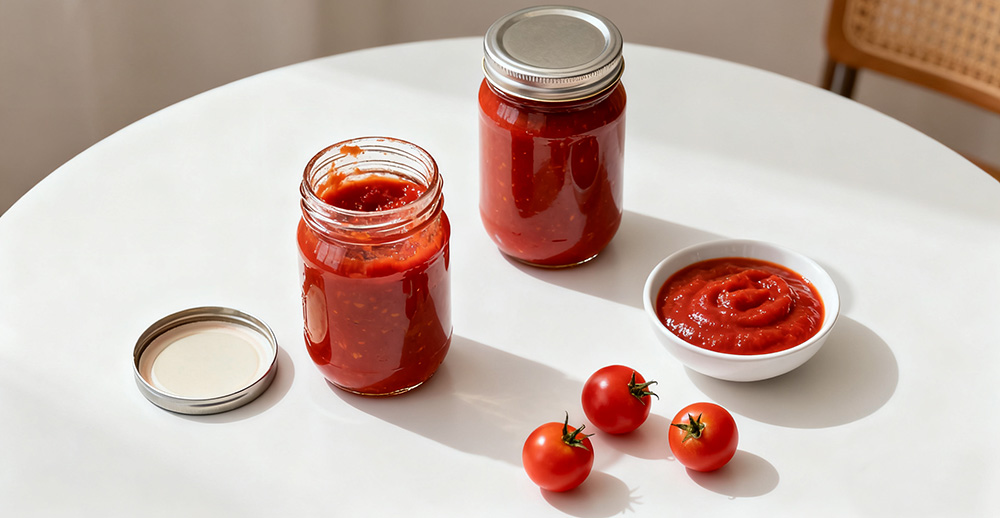
How Freezing Affects Fresh Tomatoes’Texture
Freezing damages fresh tomatoes. Water inside the tomato cells expands. This breaks the cell walls. Thawed tomatoes cannot hold moisture. They become soft and mushy. They release much water. This ruined texture makes them bad for salads or sandwiches. Thawed tomatoes also taste bland. Their fresh flavor is lost. Making sauce solves this problem. Sauce blends tomatoes with other ingredients. Cooking removes excess water. Frozen sauce keeps its smooth texture and strong flavor after thawing.
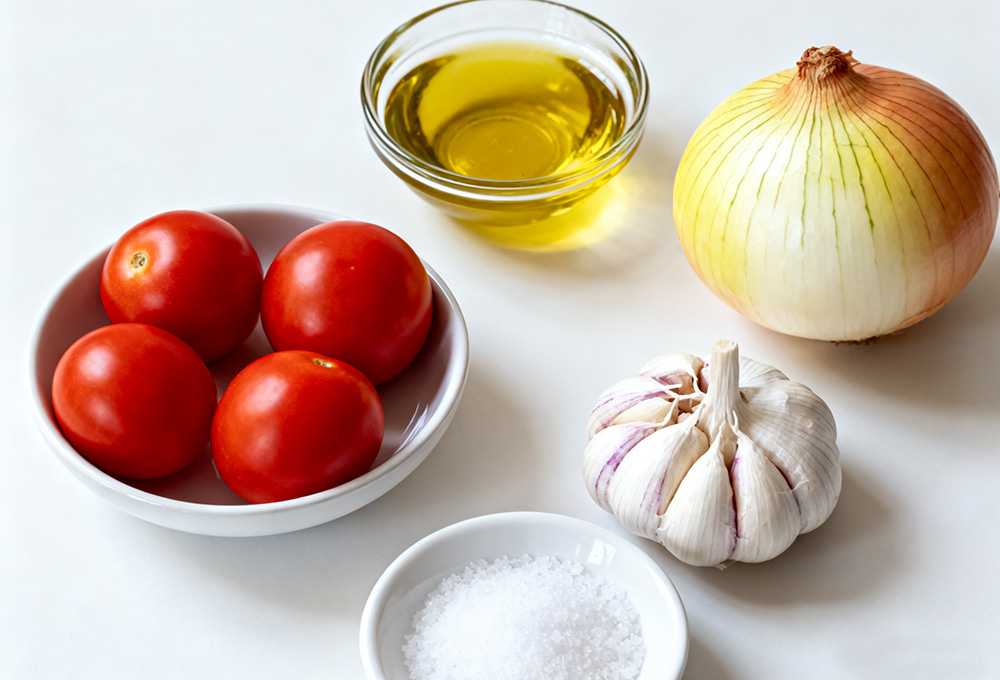
• Two pounds of ripe tomatoes. Roma tomatoes work well.
• One small onion, diced.
• Two garlic cloves, minced.
• One tablespoon of olive oil.
• One teaspoon of dried basil.
• Half a teaspoon of salt.
• A pinch of black pepper.
Tools
• A large cooking pot.
• A sharp knife and cutting board.
• A slotted spoon.
• A blender.
• Mason jars or airtight containers.
Steps
First, prepare the tomatoes. Score an "X" on each bottom. Boil them for thirty seconds. Then move them to ice water. The skins will peel off easily. Remove cores and chop tomatoes.Next, heat olive oil in a pot. Cook the onion until soft. Add garlic and cook for thirty seconds. Do not let it burn.Then, add the chopped tomatoes. Add basil, salt, and pepper. Bring the mix to a simmer. Cook on low heat for twenty to thirty minutes.For a smooth sauce, use a blender. Blend the mixture until smooth. Let the sauce cool completely before freezing.
A thin sauce can ruin a dish. Use these simple methods to thicken it.
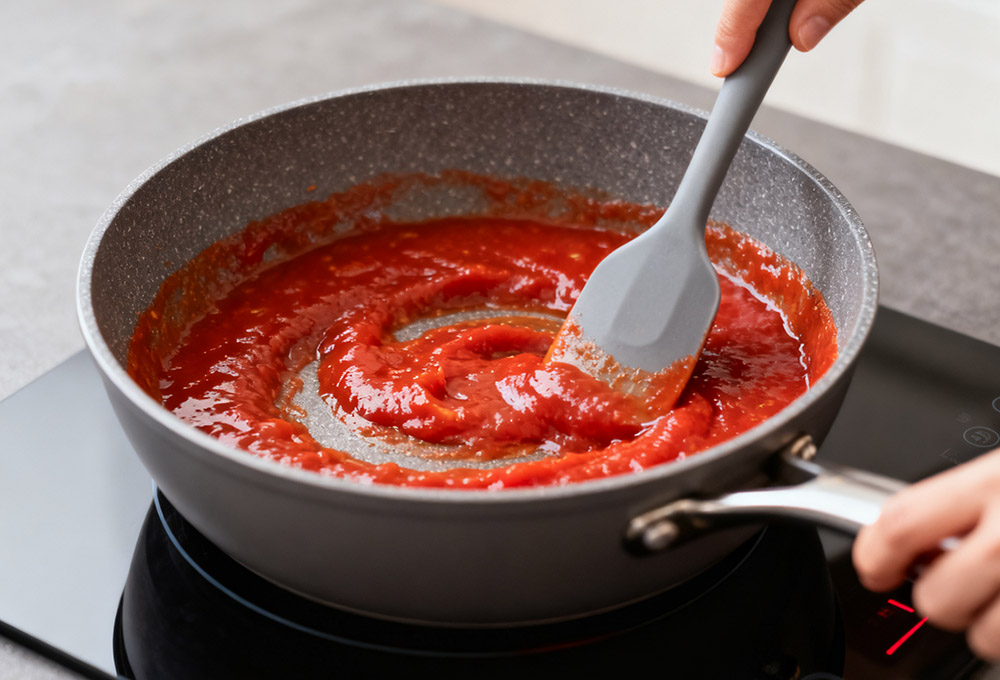
You can also strain tomatoes before cooking. Place chopped tomatoes in a colander. Let the juice drain for fifteen minutes. Use the drier tomato chunks for sauce. Save the juice for other recipes.
Another way is to mash some solids. Use a slotted spoon to remove tomato chunks. Mash them with a fork. Stir them back into the sauce. This adds body naturally. Avoid using flour or cornstarch.
How to Freeze Tomato Sauce?
Freezing sauce is easy. Follow these steps for best results.
First, cool the sauce completely. Hot sauce can warm your freezer. This harms other foods. Let it sit for one to two hours.
Then, choose good containers. Mason jars or plastic containers work. Leave one inch of space at the top. Sauce expands when frozen.
You can also use freezer bags. Pour in the cooled sauce. Push out all the air. Seal the bag tightly.
Finally, label every container. Write the current date. Place them in the freezer. Do not stack containers until they are fully frozen.
How to Thaw Tomato Sauce?
Thaw sauce safely. This keeps its texture and prevents illness.
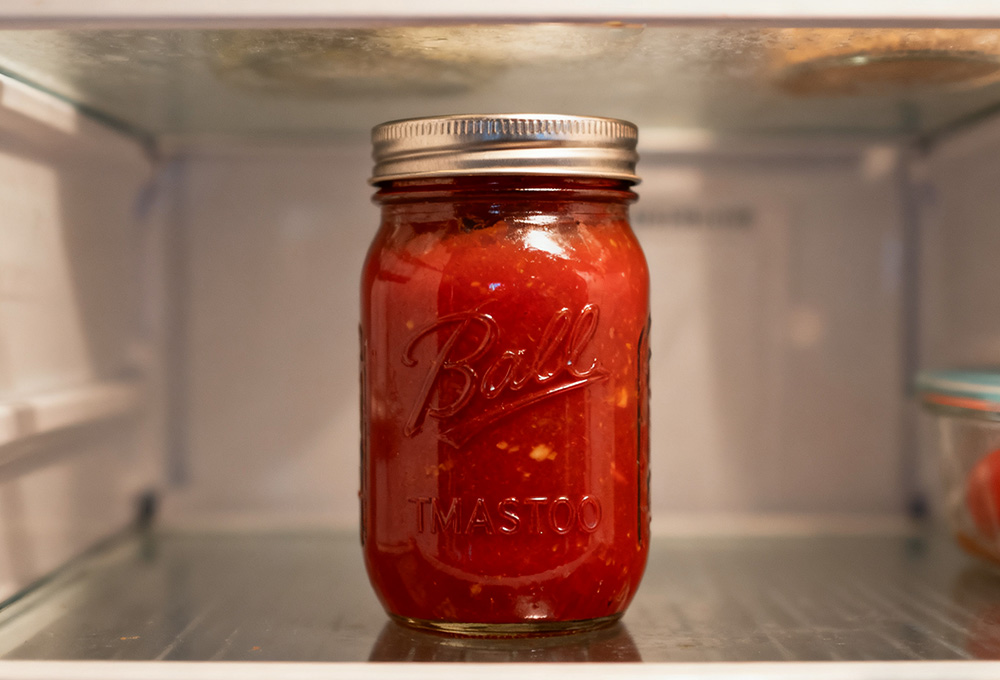
For a faster method, use a microwave. Move sauce to a microwave-safe bowl. Use the defrost setting. Heat for two to three minutes. Stir the sauce. Repeat in one-minute intervals until thawed.
You can also thaw in cold water. Put the sealed container in a bowl of cold water. Change the water every thirty minutes. It will thaw in one to two hours. Heat it immediately after.
Shelf Life of Tomato Sauce
Shelf life depends on the sauce type.
Unfrozen homemade sauce lasts three to five days in the fridge. Store-bought sauce lasts longer(After being hermetically sealed and filled by a sauce filling machine, it can effectively isolate bacteria and air). Unopened, it can stay in the pantry for six to twelve months. Once opened, refrigerate it and use it within one week.
Frozen homemade sauce lasts six to eight months. Its flavor is best in this time. Store-bought frozen sauce follows its "best by" date. Once thawed, use the sauce within three to four days. Do not refreeze it.
what happens if you eat expired tomato sauce?
Eating old sauce can cause food poisoning. Symptoms include nausea, cramps, and diarrhea. Severe cases can cause fever and vomiting. Children and older adults are at higher risk.
If you feel sick, stop eating immediately. Drink plenty of water. Get rest. See a doctor if symptoms are severe or last more than two days.
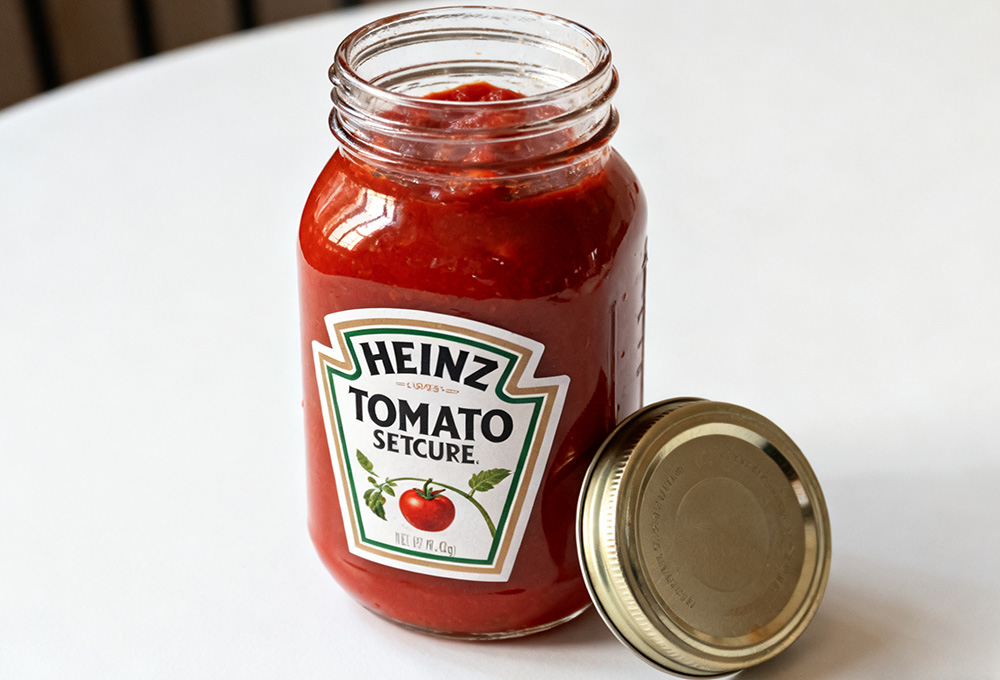
Recommended recipes for tomato sauce cuisine
Tomato sauce is a kitchen staple. It creates delicious meals with little effort. Here are three simple recipes. They are perfect for a quick dinner.
First, make Tomato Sauce Garlic Pasta. Cook eight ounces of pasta. Heat olive oil in a pan. Cook two minced garlic cloves for one minute. Add one and a half cups of tomato sauce. Include black pepper and dried parsley. Let it simmer for three minutes. Mix the sauce with the cooked pasta. Add grated parmesan on top.
Next, try Tomato Sauce Baked Shrimp. Heat your oven to 400°F. Toss one pound of shrimp with olive oil, salt, and pepper. Place them in a baking dish. Spread one cup of tomato sauce over the shrimp. Sprinkle with oregano. Bake for twelve to fifteen minutes. The shrimp are done when they turn pink. Serve with bread.
Finally, Tomato Sauce Stuffed Bell Peppers are a good vegetarian meal. Cut four bell peppers in half. Remove the seeds. Mix cooked rice, diced tomatoes, tomato sauce, and shredded cheese. Fill the pepper halves with this mixture. Pour a little more sauce on top. Bake for thirty minutes until the peppers are soft.
Make a simple homemade sauce. Thicken it properly. Freeze it in correct containers. Thaw it using a safe method. Remember the shelf life guidelines. Homemade frozen sauce is best within six months.
Never consume expired sauce. The health risk is too great. Following these steps ensures you have tasty tomato sauce ready anytime.
